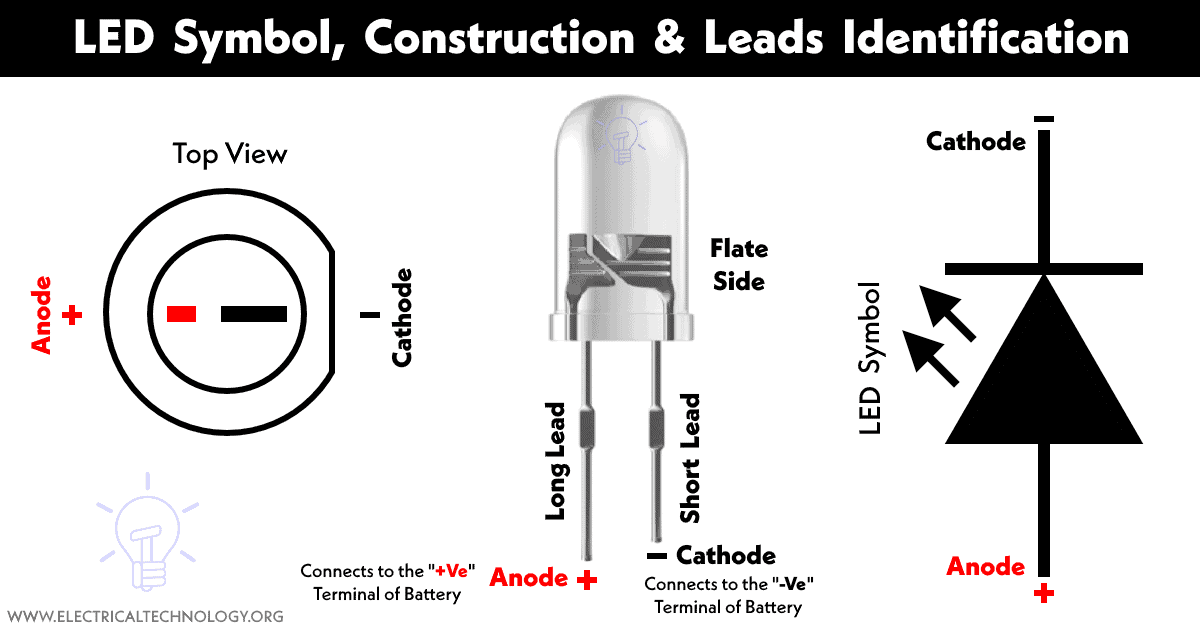
Difference between LED and Photodiode Electrical Technology
Main Differences between Photodiode and LED. Here are some of the main differences between LED and Photodiode. Definition. LED or light-emitting diode emits light when a current pass through it. A photodiode is a type of diode that generates current when light falls on it. Function.
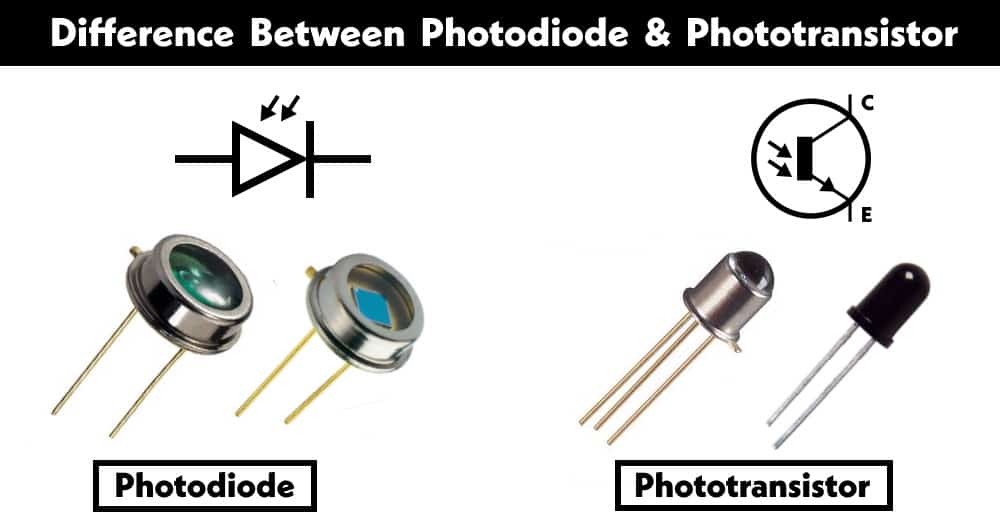
Photo Diode Images
What Photodiode means? A photodiode is a semiconductor device that converts light into an electrical current. When light reaches the photodiode, it produces an electric current since it is operating in reverse bias. The internal photoelectric effect, which is the basis for this process, is the process by which light photons are absorbed by semiconductor materials to produce electron-hole pairs.
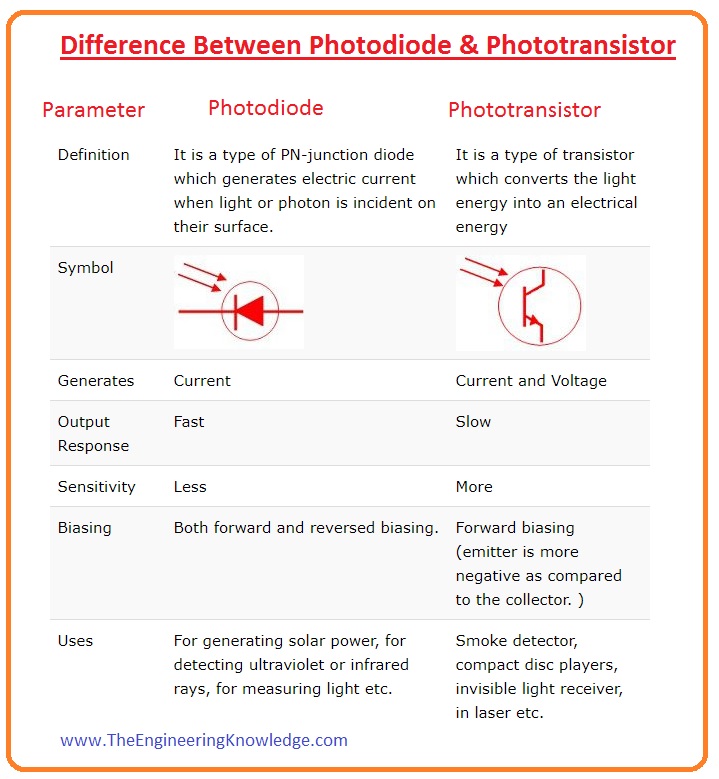
Difference Between Photodiode & Phototransistor The Engineering Knowledge
Explore the differences between LED and photodiode and the various application areas where they are used. LED stands for Light Emitting Diode and is a semiconductor device that emits light when an electric current is passed through it, while a photodiode is a semiconductor device that converts light into an electrical current. Both of these technologies are used extensively and have different.

working of LED (Light Emitting Diode) & photodiode. difference between LED and photodiode. YouTube
The LED operates on the principle of electro-luminance while photodiode works on the principle of the photoconduction. In a Light emitting diode, when electrons and holes recombine, the energy is released in the form of light. Thus, it is termed as Light-emitting diode.On the contrary, photodiode generates current when it is exposed to the source of light.
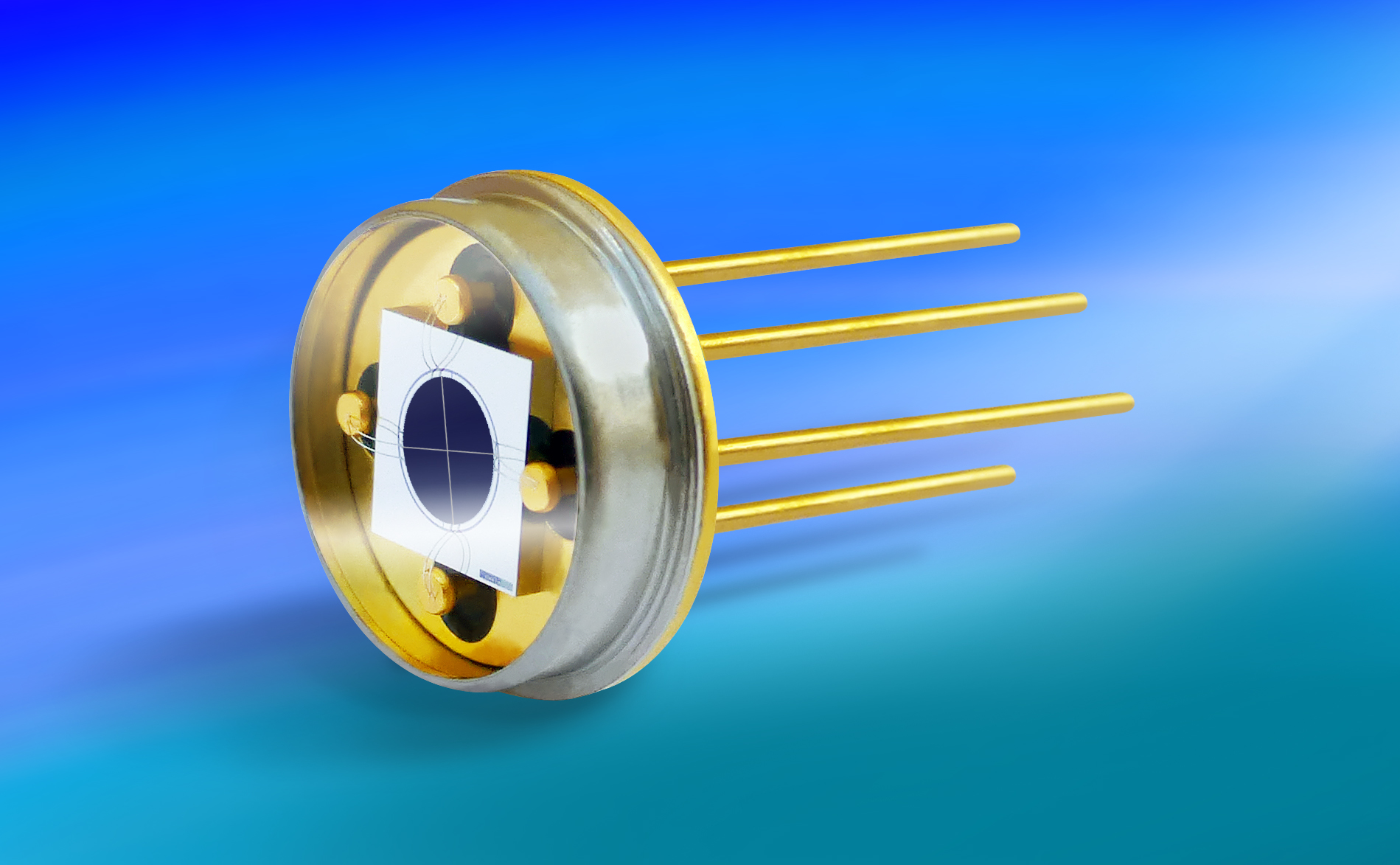
Quadrant photodiode comes with 5mm2 active area Electronic Products & TechnologyElectronic
Difference Between Led and Photodiode. ADVERTISEMENT. Compare with Definitions. Led. A light-emitting diode (a semiconductor diode which glows when a voltage is applied) Light sources can be fluorescent tubes, optical fibres, or LEDs. An LED display. Mar 23, 2022. Photodiode.

Difference Between IR LED And Photodiode
Photodiode work on reverse biased, LED work on forwarding bias. The major difference is that the photodiode works on the principle of photoconduction while in when we are using LED it to work on the electro-luminance. Photodiode converts light energy into electrical energy and on the other hand LED converts electrical energy into light.
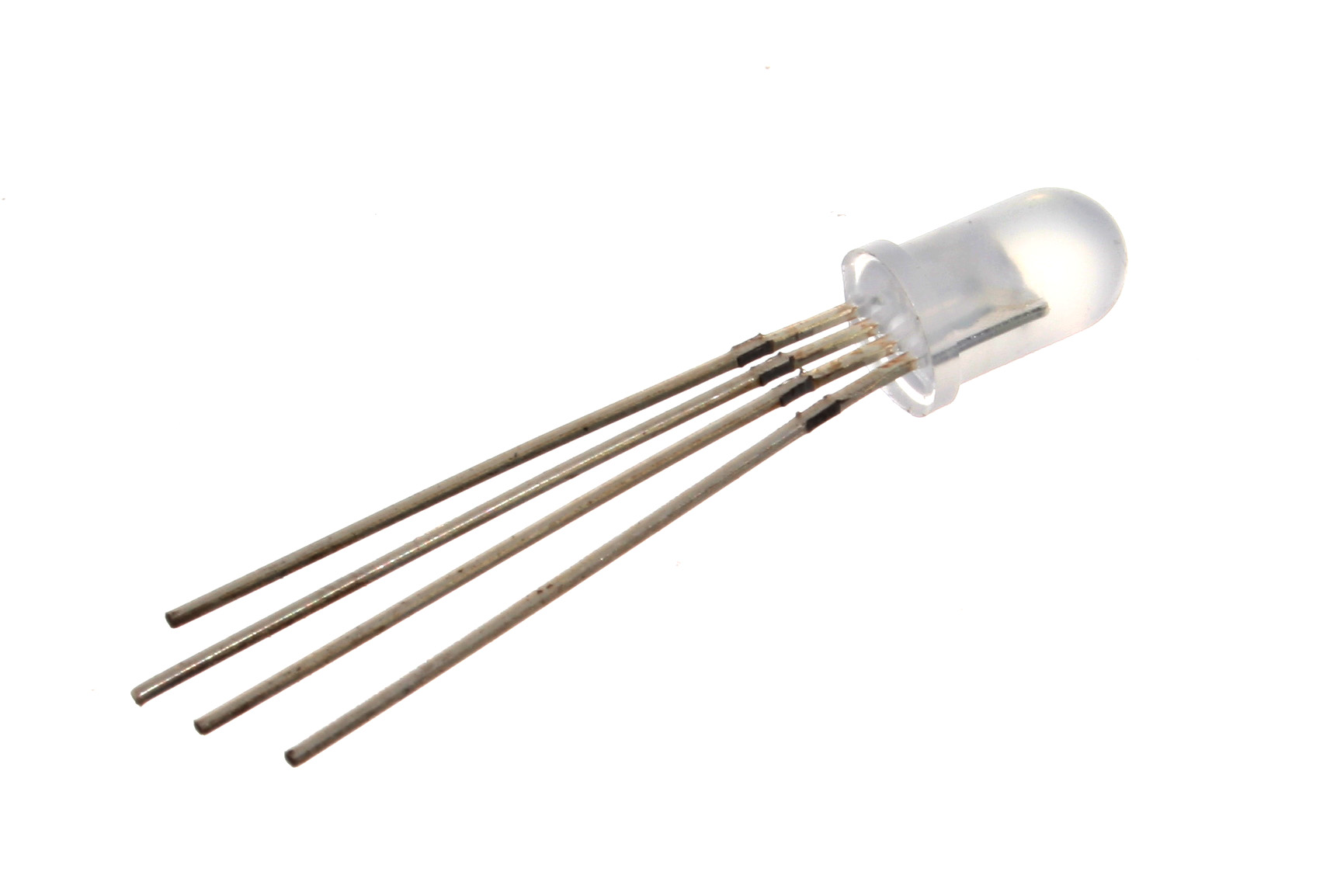
FileRGB LED.jpg Wikimedia Commons
What is LED? A light-emitting diode (LED) is a semiconductor device that emits light when an electric current flows through it. When current passes through an LED, the electrons recombine with holes emitting light in the process. LEDs allow the current to flow in the forward direction and blocks the current in the reverse direction.

Answer the question number 2 Q 2 Compare the working principle of a LED and a photodiode
Diodes can be classified into several types: LED (diode that emits light), laser diode, solar cell, Zener diode, photodiode, and p-n junction diode. They are made of semiconductors like germanium or silicon (group 14 elements). Light Emitting Diode. LED or Light Emitting Diode emits light when the electric current is made to pass through it.

LED and PHOTODIODE ARE THEY SAME? YouTube
This EzEd video explains the difference between LED & Photo Diode
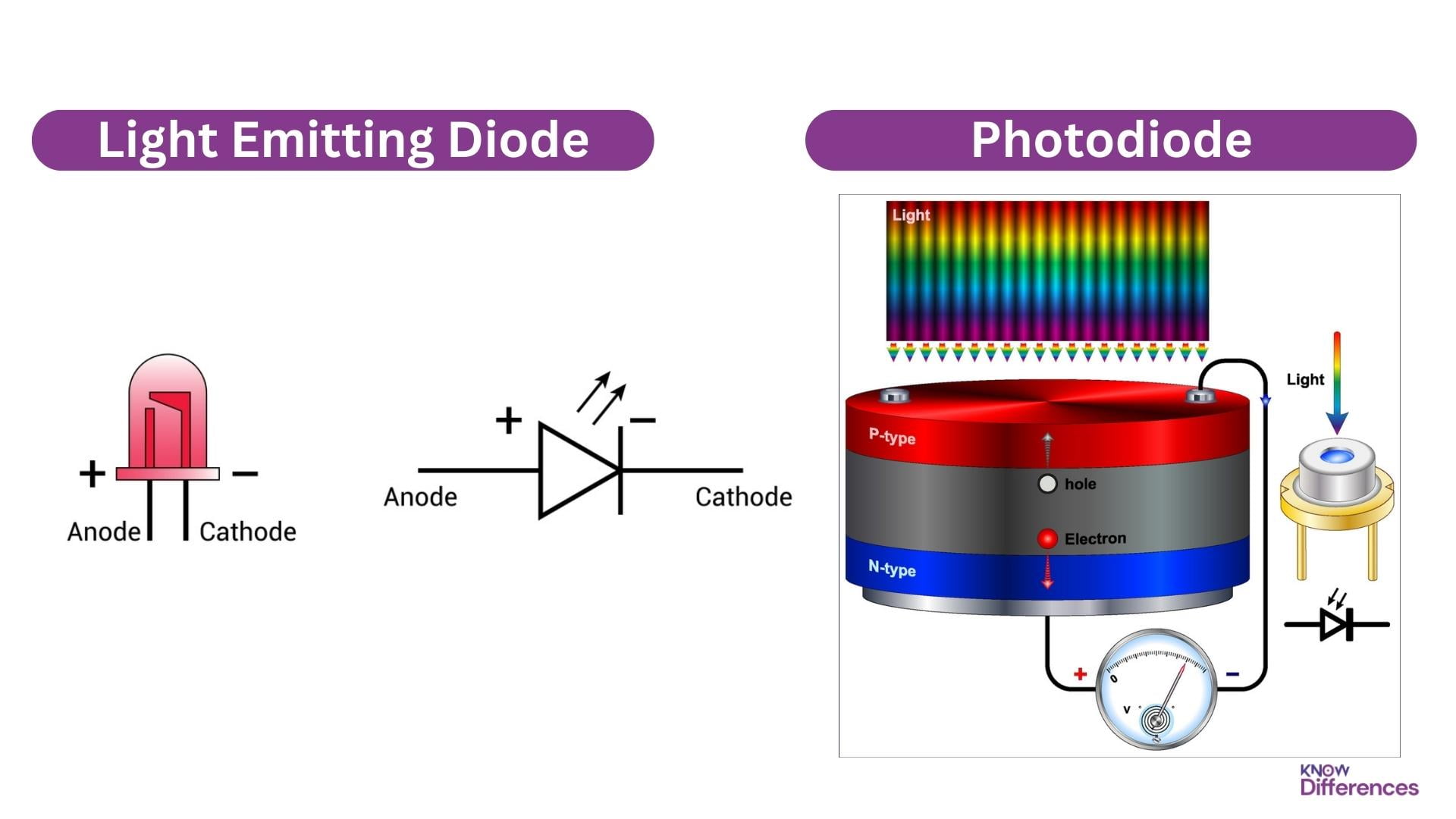
Difference Between LED and Photodiode
LED and Photodiode are both semiconductor-based electronic devices that function by the interaction of light energy and electricity.LED converts the electricity into light, whereas a photodiode converts the light energy into electricity. Therefore, LEDs and photodiodes are quite different in the way they operate. In this article, we will highlight all the major differences between LEDs and.
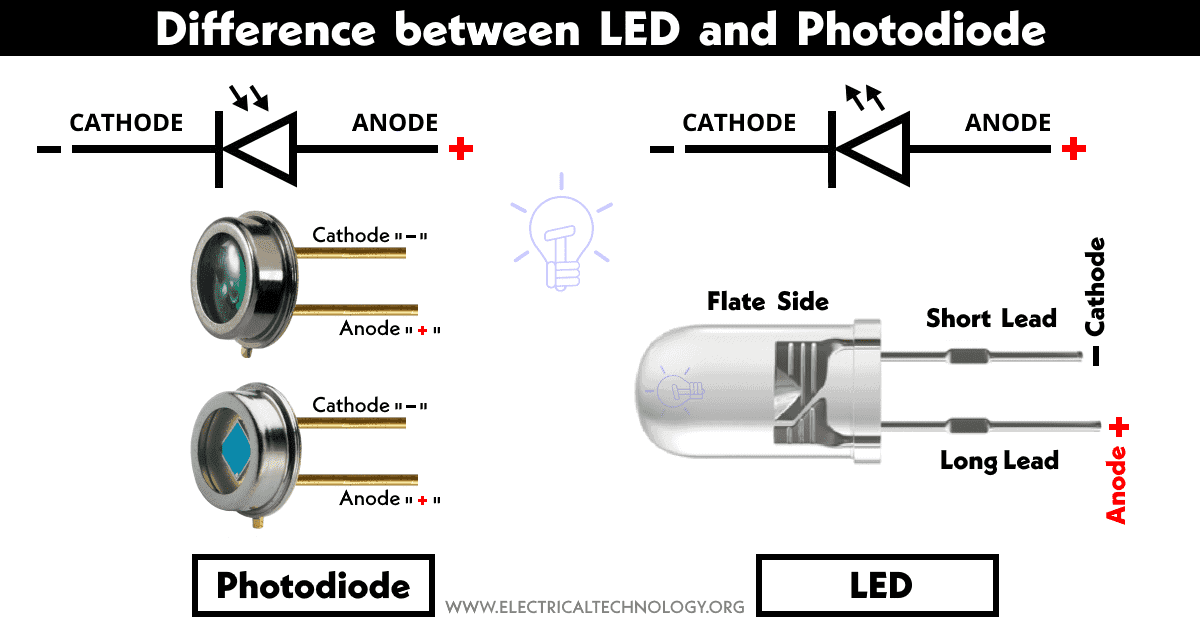
Difference between LED and Photodiode Electrical Technology
The Main difference is LED is a source of light while photodiode is a light sensor. Before we move to the differences, let's understand what are LED and Photodiode: LED : A LED is a semiconductor device that emits light when an electric current is passed through it.

What is the Difference Between IR LED and Photodiode Compare the Difference Between Similar Terms
The photodiode converts light energy into electrical energy. Due to the recombination of electrons and holes, light is emitted. Due to the generation's electrons holes pairs, the photocurrent will flow. LED is works on the principle of Electroluminence. Photodiode works on the principle of photoconduction.

Quick photodiode controlling LED current demonstration for beginning learning electronics YouTube
Photodiode works based on the principle of photoconduction. In photodiodes Because the electron hole pairs in generation, the flow of photos will flow. The photodiodes receive light and create an electric current - in photovoltaic mode (creation of voltage when light hits) or in photoconductive mode (inverted refraction device).
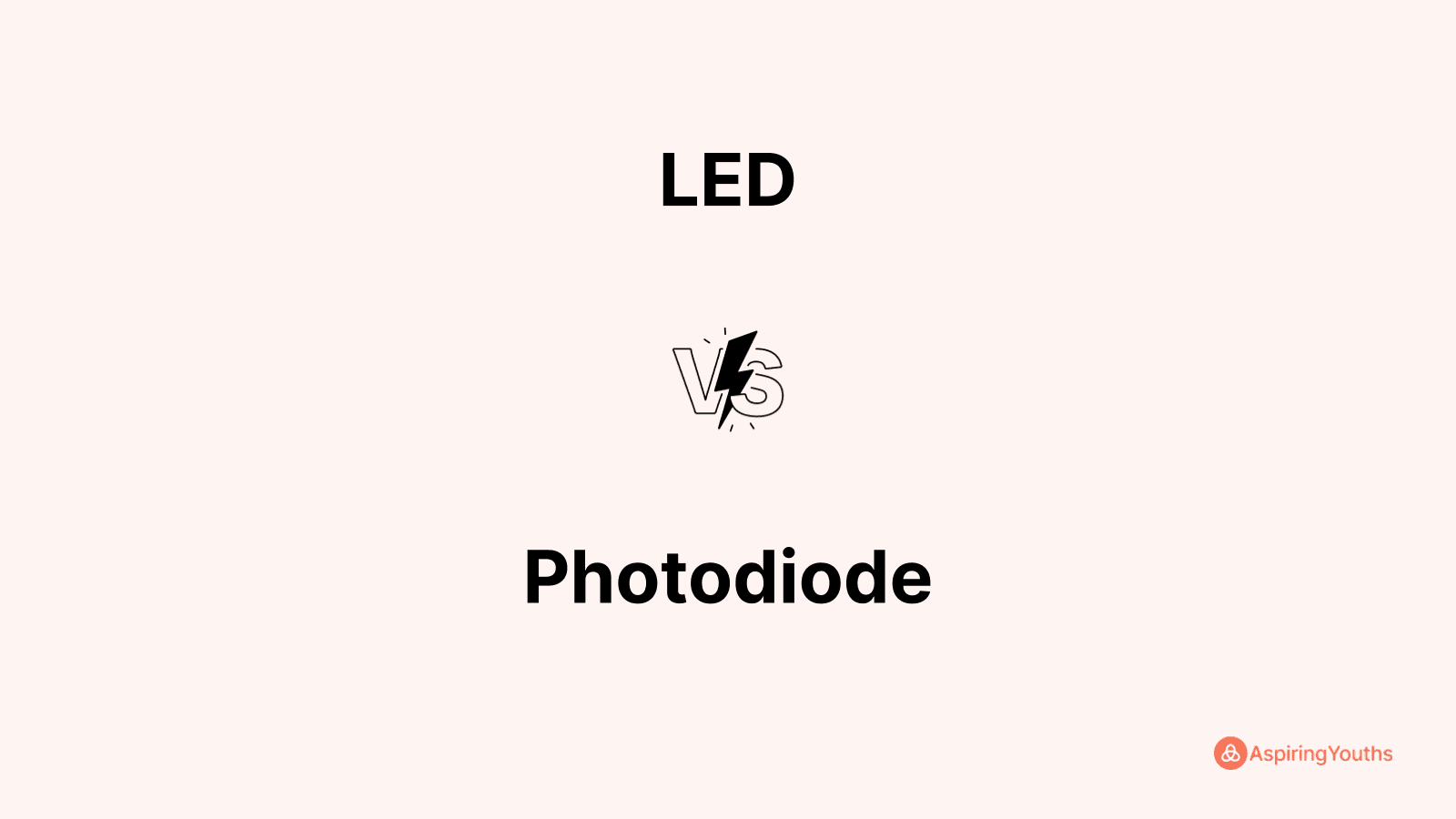
Difference between LED and Photodiode
Key Differences Between LED and Photodiode. An LED converts electrical energy applied into its terminals into equivalent light form. On the contrary, a photodiode is able to convert supplied light energy into equivalent electrical form. A light emitting diode operates in forward biased condition only. While a photodiode is basically a reverse.
Illuminating Photodiodes ;) The Signal Archives TI E2E support forums
Comparison of LED and Photodiode: LED. It is a light emitting device. It is always forward-biased. Electric energy is converted into light energy. GaAs or GaP or GaAsP are the material used for fabrication. Light is emitted due to the recombination of electrons and holes. Radiated power changes due to changes in temperature.

What Is The Difference Between Hemothorax And Pneumothorax Relationship Between
In the photodiode i-V curve above, V photo is typically only about 70% of the bandgap energy E gap. The photocurrent is limited by the photon flux, the recombination rate, and the re-emission of absorbed light. [6] The area of the orange rectangle indicates the power generated by the solar cell, which can be calculated as P = i x V.